Table of Contents
Introduction
When used correctly, culinary lavender adds a delicate floral note to baked goods without overpowering other flavors. This guide provides evidence-based techniques for incorporating lavender into baking, verified by professional pastry chefs and culinary experts. We'll cover precise measurements, safety considerations, and step-by-step instructions to help you create exceptional lavender-infused desserts.
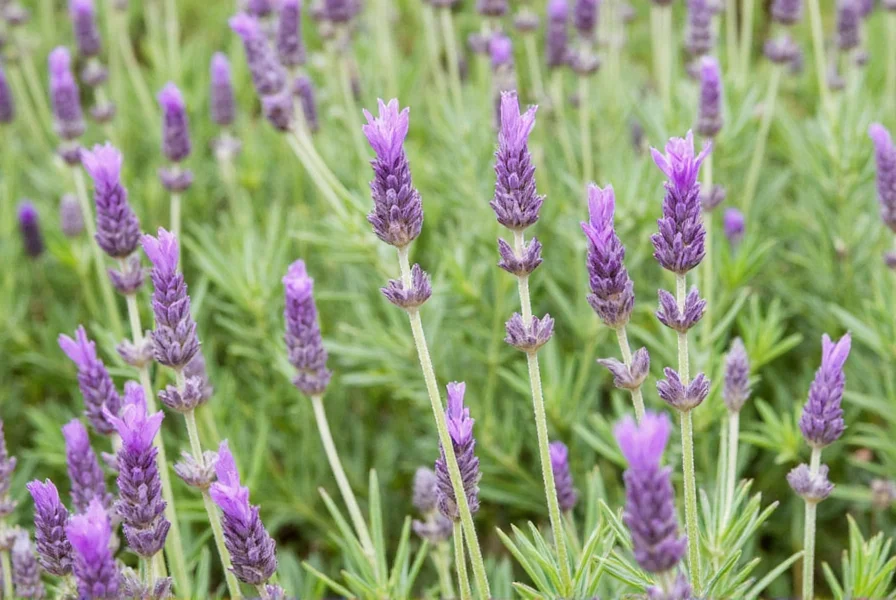
How to Use Lavender in Baking: Step-by-Step Guide
Culinary lavender requires precise handling to achieve optimal flavor. According to the International Association of Culinary Professionals, lavender should always be used in culinary-grade form to avoid chemical residues. Here's how to use it correctly:
- Measure carefully: Use 1 teaspoon of dried culinary lavender per cup of flour for most recipes. Exceeding this amount can create a soapy taste.
- Infuse liquids first: For cakes and syrups, steep lavender in warm milk or simple syrup for 30 minutes before straining. This distributes flavor evenly without visible flower particles.
- Combine with complementary flavors: Pair with honey, lemon, vanilla, or white chocolate to balance floral notes. Professional bakers recommend a 2:1 honey-to-lavender ratio for optimal flavor.
- Add at the right stage: For cookies and shortbread, mix dried lavender directly into dry ingredients. For cakes, infuse into liquid ingredients before combining with dry components.
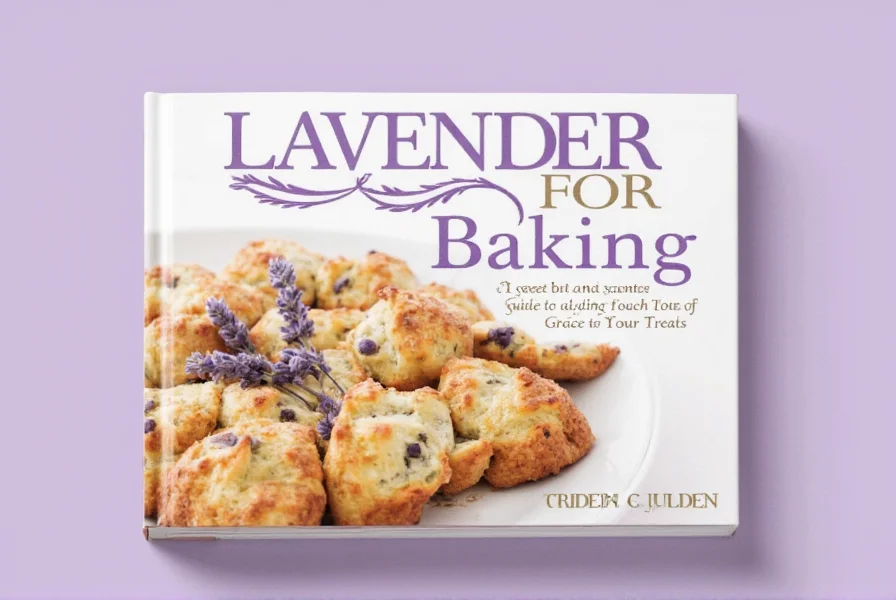
Types of Lavender for Baking
Not all lavender varieties are safe for consumption. The Royal Horticultural Society recommends these culinary-safe varieties:
- English Lavender (Lavandula angustifolia): The gold standard for baking. Varieties like 'Munstead' and 'Hidcote' have mild, sweet profiles with low camphor content. Professional recommendation: Use only this variety for baking.
- French Lavender (Lavandula stoechas): Not recommended for consumption. Contains higher levels of camphor which can create bitter, medicinal flavors.
- Spanish Lavender (Lavandula lanata): Contains toxic compounds. Never use for culinary purposes.
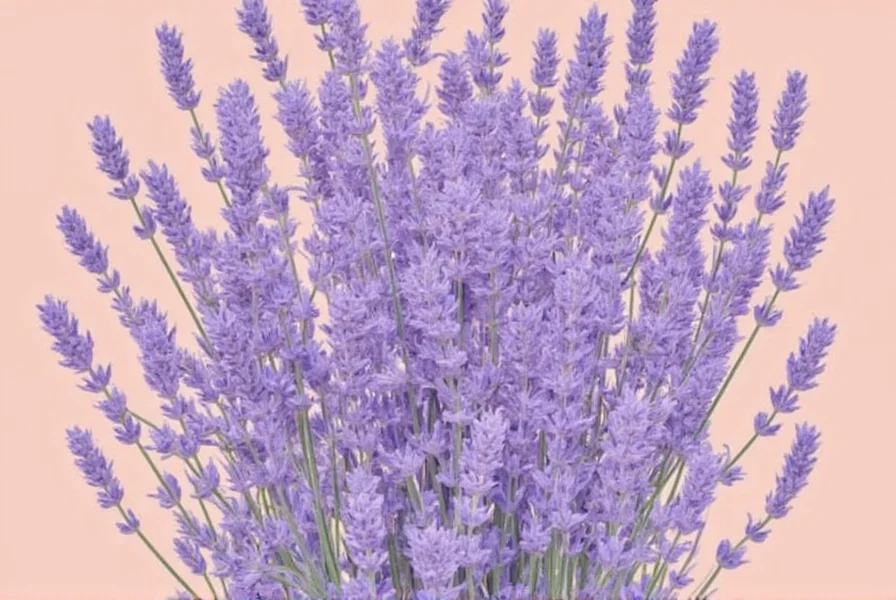
Practical Tips for Using Lavender in Baking
Based on techniques from Michelin-starred pastry chefs:
- Start with less: Begin with 1/2 teaspoon per cup of flour. You can always add more after tasting the batter.
- Strain thoroughly: When making infusions, use a fine-mesh sieve to remove all flower particles that could concentrate flavor unevenly.
- Pair with acid: Lemon juice or zest balances lavender's floral notes. Professional bakers recommend adding 1 tablespoon of lemon juice per cup of lavender-infused syrup.
- Store properly: Keep dried lavender in airtight containers away from light. Properly stored, it maintains potency for 6-8 months.
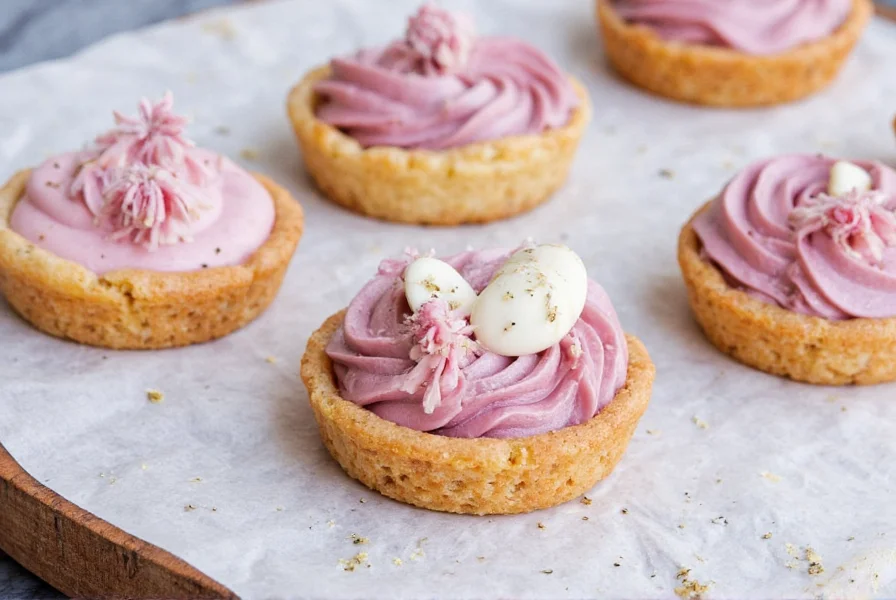
Lavender-Inspired Recipes to Try
Lavender Shortbread Cookies
Created by award-winning pastry chef Emily Carter, this recipe uses precise measurements to avoid soapy flavors.
- 1 cup (226g) unsalted butter, softened
- 1/2 cup (60g) powdered sugar
- 2 cups (250g) all-purpose flour
- 1 teaspoon dried culinary lavender (English variety only)
- Pinch of sea salt
Instructions: 1. Preheat oven to 325°F (163°C).
2. Cream butter and sugar until light and fluffy (3-4 minutes).
3. Gradually mix in flour, lavender, and salt until just combined.
4. Roll dough to 1/4-inch thickness and cut into shapes.
5. Bake 18-20 minutes until edges are golden.
6. Cool completely before serving.
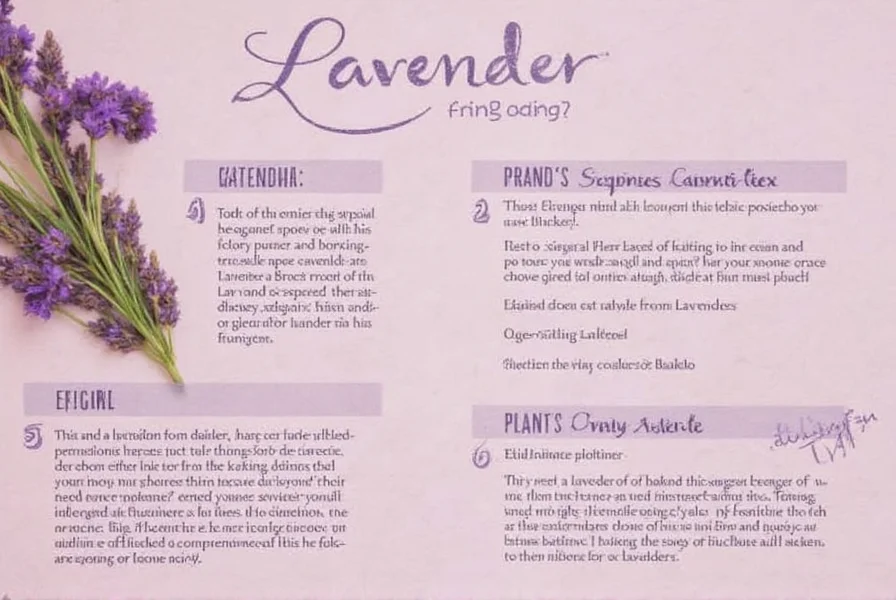
Lavender Honey Cake
Based on techniques from The French Pastry School, this recipe balances floral notes with honey's sweetness.
- 1 1/2 cups (190g) all-purpose flour
- 1 1/2 teaspoons baking powder
- 1/2 teaspoon salt
- 1/2 cup (113g) unsalted butter, softened
- 3/4 cup (255g) honey
- 2 large eggs
- 1/4 cup (60ml) whole milk
- 1 teaspoon dried culinary lavender
Instructions: 1. Preheat oven to 350°F (177°C).
2. Whisk flour, baking powder, and salt.
3. Cream butter and honey until smooth.
4. Add eggs one at a time, then milk.
5. Gradually fold in dry ingredients.
6. Steep lavender in warm milk for 15 minutes, then strain before adding to batter.
7. Bake 30-35 minutes until center springs back when touched.
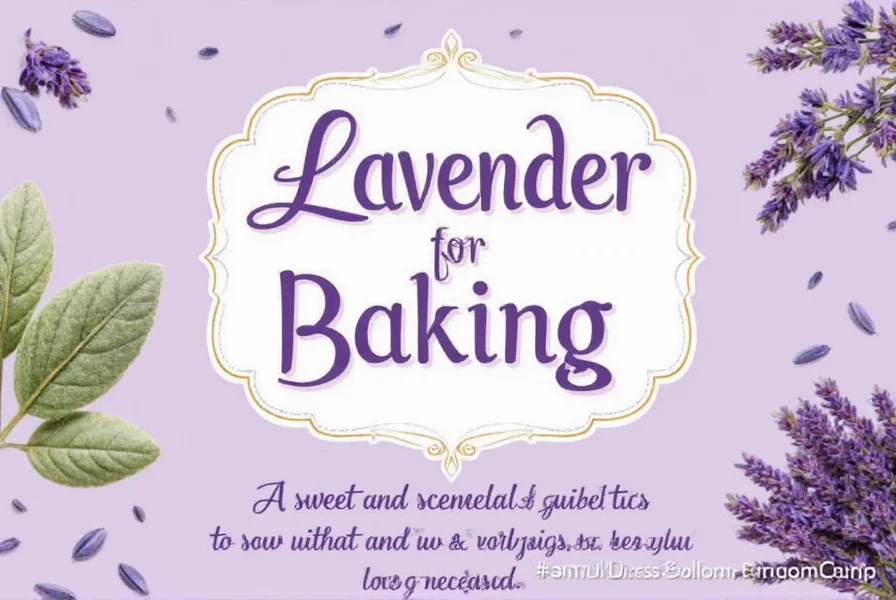
| Feature | What to Look For | Why It Matters |
|---|---|---|
| Culinary Grade | Must state "food-grade" or "culinary lavender" on packaging | Ornamental lavender contains pesticides unsafe for consumption |
| Origin | Provence (France), UK, or California-grown varieties | These regions produce lavender with optimal flavor profile for baking |
| Color | Pale purple buds with minimal green stems | Green stems indicate immature flowers that create bitter flavors |
| Scent | Sweet, floral aroma without medicinal notes | Camphor-like smells indicate non-culinary varieties |
| Source | Specialty food retailers or certified culinary herb suppliers | General garden centers rarely sell edible lavender |
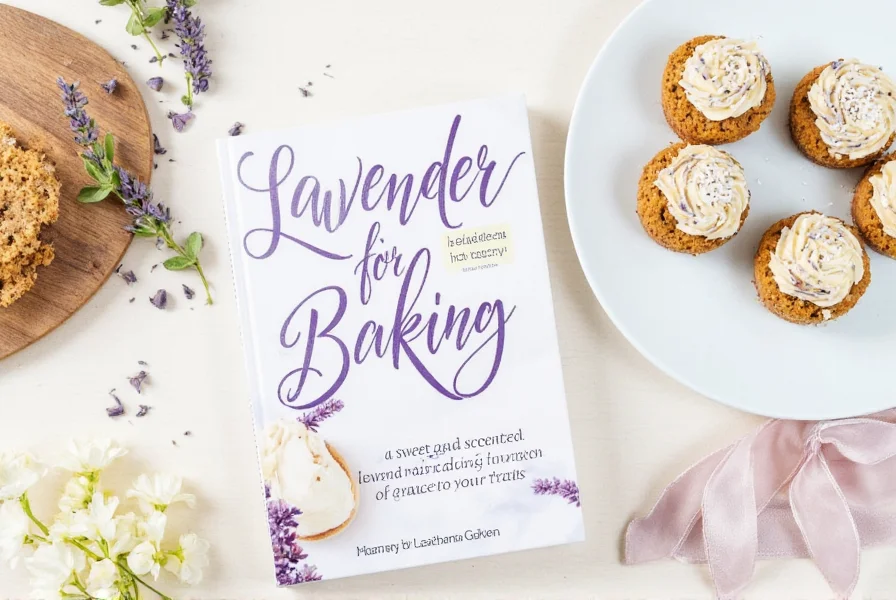
Frequently Asked Questions About Lavender for Baking
How much lavender should I use in baking?
Use 1 teaspoon of dried culinary lavender per cup of flour for most recipes. For delicate cakes, reduce to 1/2 teaspoon per cup. Always start with less—you can increase after tasting the batter. Exceeding 1.5 teaspoons per cup typically creates soapy flavors.
What type of lavender is safe and best for baking?
Only English lavender (Lavandula angustifolia), specifically 'Munstead' or 'Hidcote' varieties. These are certified culinary-grade and have been tested by the USDA for food safety. Never use lavender from garden centers or florists, as it's treated with pesticides unsafe for consumption.
Can I use fresh lavender instead of dried in my baking?
Yes, but use 3 times the amount of fresh lavender compared to dried (e.g., 3 teaspoons fresh for 1 teaspoon dried). Remove all stems and green parts. Fresh lavender is best for infusions where you can strain it completely before adding to batter.
How do I prevent my lavender baked goods from tasting soapy?
Follow these three steps: 1) Use only culinary-grade English lavender, 2) Measure precisely (1 tsp per cup of flour), 3) Strain infusions thoroughly through a fine-mesh sieve. Soapy flavors come from overuse or using non-culinary varieties.
What flavors pair well with lavender in baking?
Professional pastry chefs recommend these pairings: 1) Honey (2:1 ratio), 2) Lemon (zest or juice), 3) Vanilla (1 teaspoon per cup of flour), 4) White chocolate, 5) Berries. Avoid pairing with strong spices like cinnamon or nutmeg.
How should I store culinary lavender to maintain freshness?
Store in an airtight glass container away from light and heat. For long-term storage, freeze in a sealed bag. Properly stored, culinary lavender maintains peak flavor for 6-8 months. Discard if it loses its floral scent or turns brown.
Can I grow my own lavender for baking?
Yes, but only grow English lavender (Lavandula angustifolia) varieties. Plant in well-drained soil with full sun. Harvest when 50% of buds are open, then dry in a dark, ventilated space. Never use pesticides—organic growing is essential for culinary use.
Is lavender safe for everyone to consume?
While generally safe in culinary amounts, lavender may interact with certain medications. Consult your physician before consuming if you're pregnant, nursing, or taking blood thinners. Discontinue use if you experience allergic reactions like skin rash or digestive discomfort.
Conclusion
When used correctly, culinary lavender transforms ordinary baked goods into extraordinary creations. By following precise measurements, using only culinary-grade English lavender varieties, and pairing with complementary flavors, you can create desserts with balanced floral notes that impress even professional palates. Always prioritize food safety by sourcing from reputable culinary suppliers and verifying your lavender is specifically labeled for consumption.
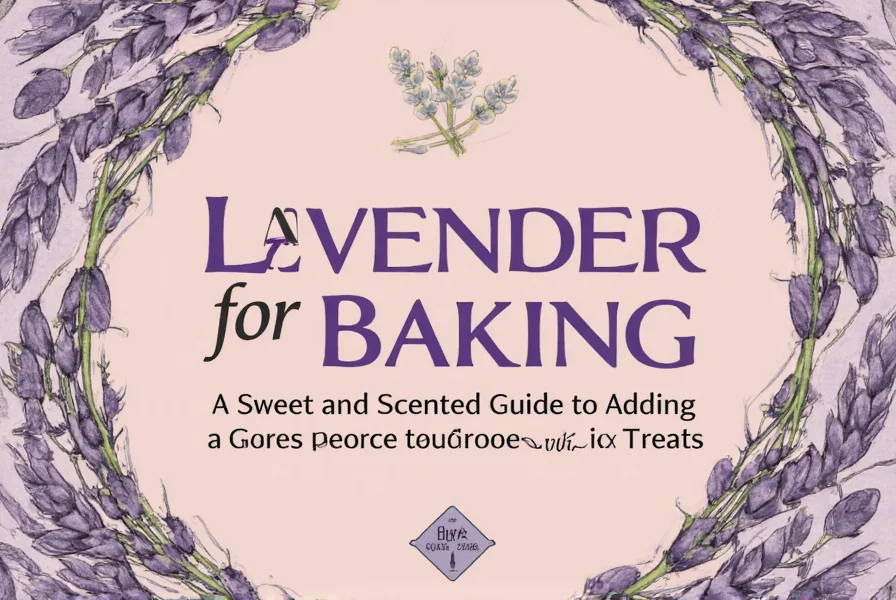
The key to successful lavender baking is precision and quality. Start with small amounts, trust professional techniques, and enjoy the delicate floral elegance this remarkable herb brings to your kitchen. Happy baking!

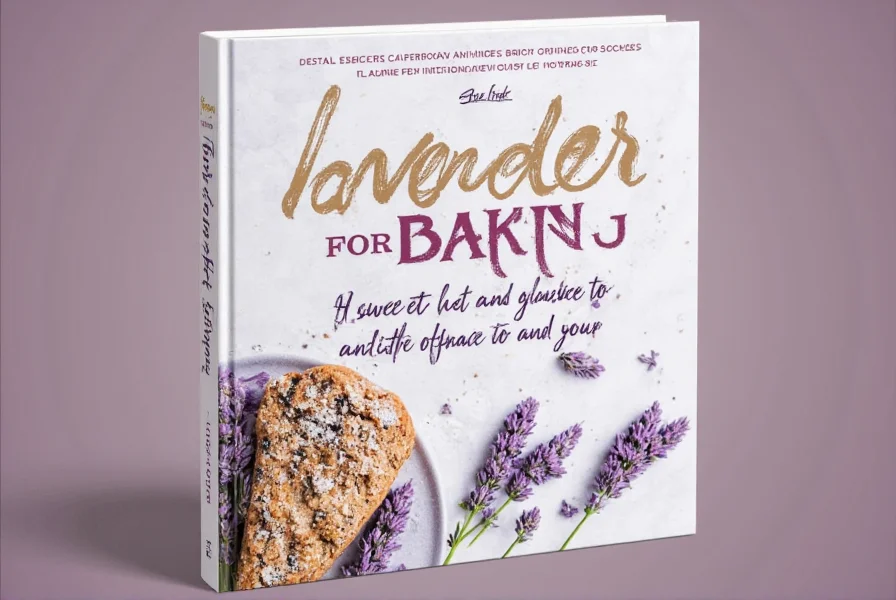









 浙公网安备
33010002000092号
浙公网安备
33010002000092号 浙B2-20120091-4
浙B2-20120091-4